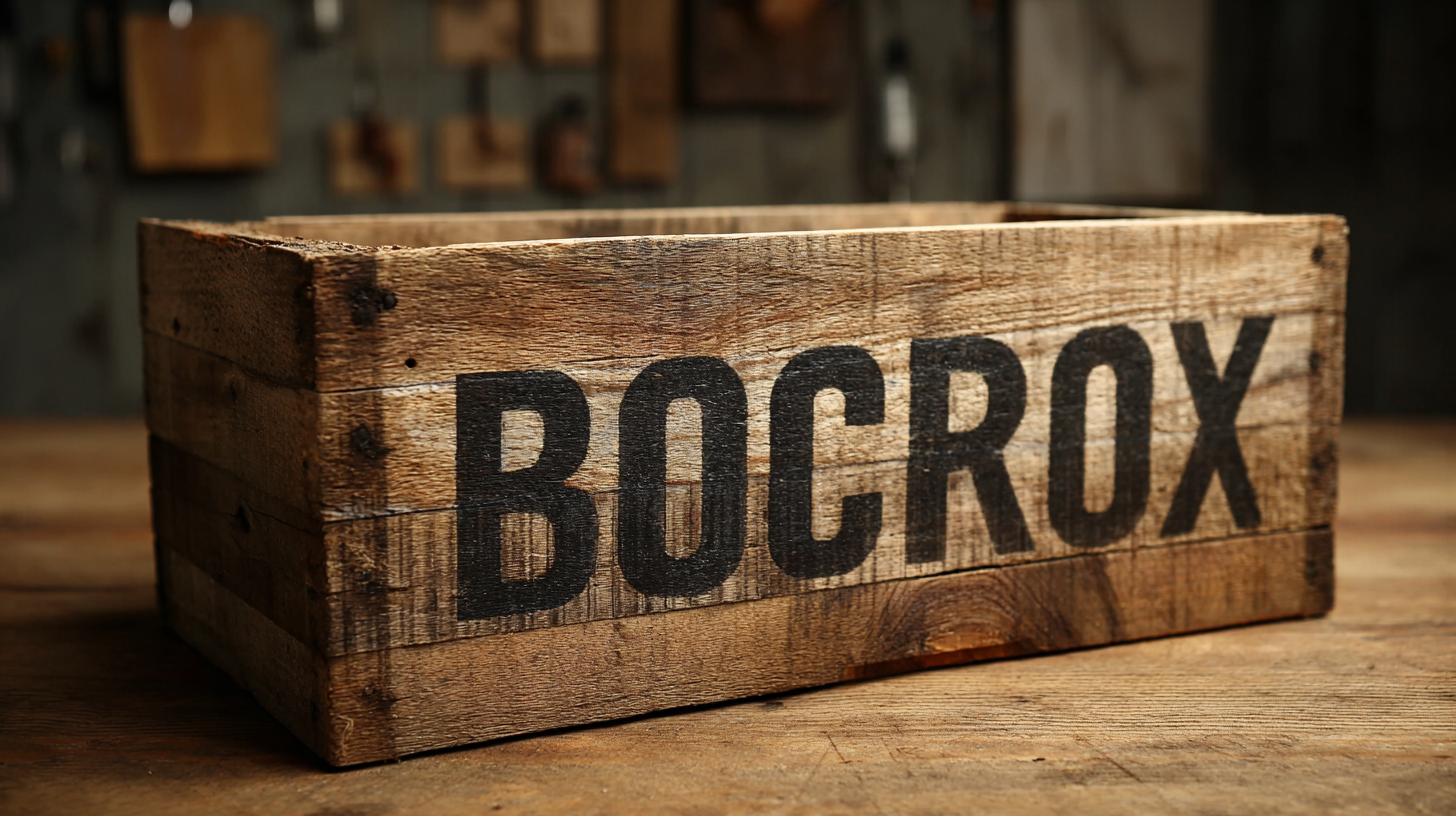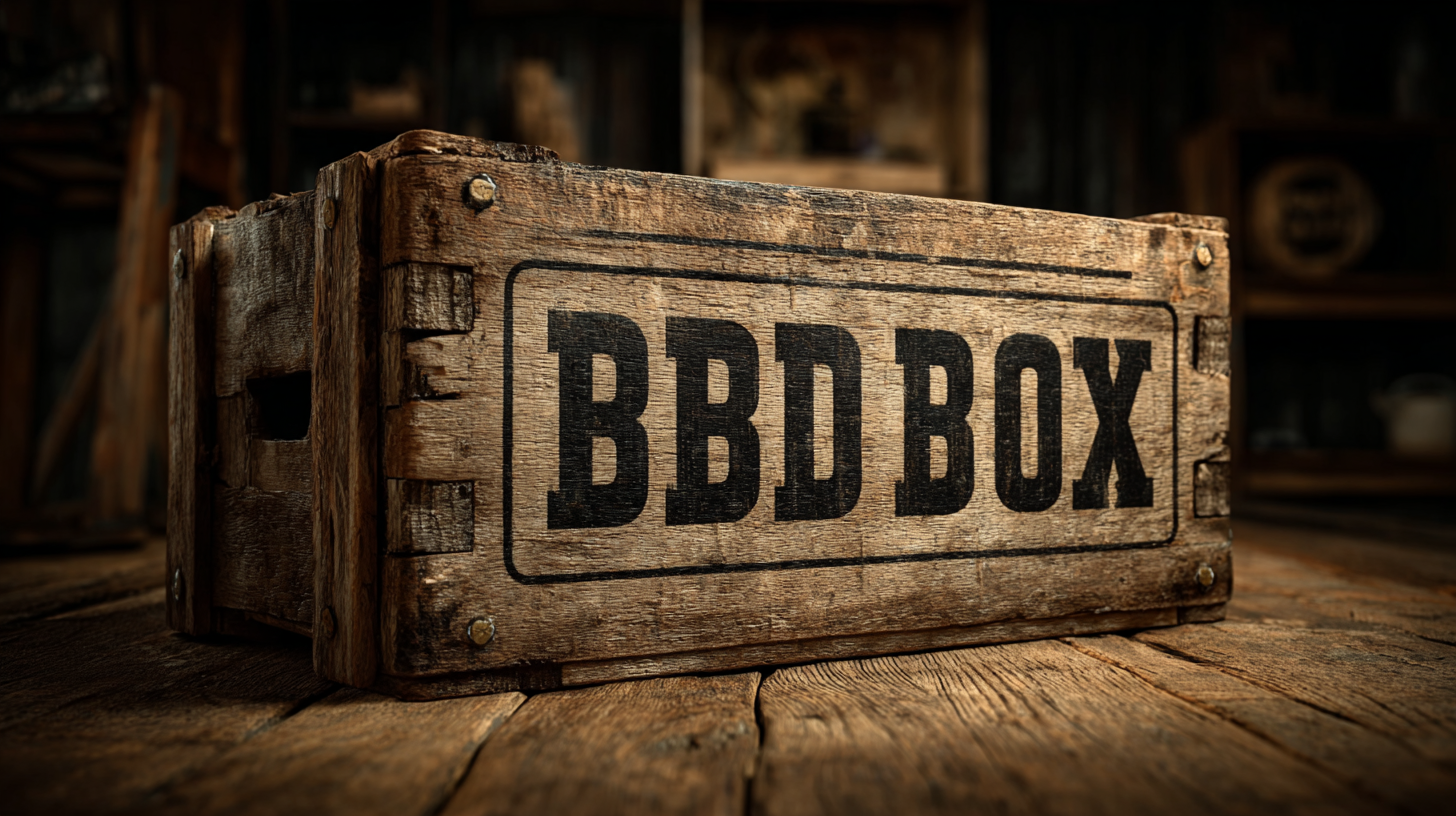


When it comes to packaging solutions, choosing the right container can significantly impact your business operations and cost-efficiency. Hollow Board Boxes, known for their lightweight yet robust design, are becoming increasingly popular in various industries. According to a recent report by Smithers Pira, the global demand for sustainable packaging solutions is expected to reach $500 billion by 2026, highlighting the necessity for businesses to adapt eco-friendly practices. These specialized boxes not only offer excellent protection for products but also reduce shipping costs due to their lightweight nature. By focusing on this Ultimate Checklist for Choosing the Best Hollow Board Box, businesses can ensure they select the ideal packaging that meets their specific needs while contributing to overall sustainability goals.

When selecting the right hollow board box for your business needs, it's essential to understand the different types available. Hollow board boxes are lightweight, durable, and often made from recycled materials, making them an eco-friendly choice. The most common types include standard hollow board boxes, which offer solid protection for moderate-weight products, and heavy-duty variants, designed for heavier items that require more robust support. Knowing the specific characteristics of these boxes can help you make an informed decision that aligns with your product safety requirements.
Additionally, consider specialized hollow board boxes, such as those with layered designs for added strength or custom sizes tailored to your unique products. There are also options with protective foam inserts, providing extra cushioning for delicate items. By evaluating the various types of hollow board boxes and their features, you can ensure that your packaging not only meets the practical needs of your business but also enhances the presentation of your products during shipping and storage.
When selecting hollow board boxes for your business needs, there are several key factors to consider that can help ensure you make the best choice. First, assess the durability of the material. Hollow board boxes are designed to be lightweight yet sturdy, making them ideal for shipping and storage. Look for boards that are resistant to moisture and can withstand rough handling, as this will protect your products during transit.
Another critical factor is the size and customization options available. Depending on your products, you may require specific dimensions or shapes. Choose a supplier that offers a range of sizes and the ability to customize boxes to fit your needs perfectly. Additionally, consider how these boxes can be branded. Using customized colors and prints not only helps in differentiating your products but also enhances brand recognition.
Tip: Always ask for samples before placing a large order. This helps ensure that the quality meets your expectations and allows you to test the boxes in real-world scenarios. Tip: Additionally, evaluate the environmental impact of the materials used. Opt for recyclable or biodegradable options whenever possible, as this aligns with sustainable practices and can appeal to eco-conscious consumers.
When selecting a hollow board box for your business needs, understanding its durability and strength is paramount. Hollow board boxes are designed for lightweight yet sturdy packaging solutions. One critical factor to consider is the material used in the box. Generally, the thickness and quality of the hollow board determine its resilience against wear and tear. High-density polypropylene, for example, offers excellent impact resistance and can withstand various environmental factors, making it ideal for shipping sensitive items.

Another important aspect to assess is the construction of the box. Reinforced edges and corners can significantly enhance the strength of the box, allowing it to bear heavier loads without collapsing. Additionally, evaluate the weight capacity specified by the manufacturer to ensure it aligns with your requirements. Conducting real-world tests by stacking similar boxes can also provide insights into their performance under pressure. By focusing on these elements, you can choose a hollow board box that not only meets your packaging needs but also stands the test of time during transport and storage.
When evaluating the cost-effectiveness of hollow board boxes for your business needs, it's essential to consider both direct and indirect costs associated with your packaging solution. Start by analyzing the pricing of the hollow board boxes themselves. While the initial purchase price plays a significant role, be sure to also examine the durability and lifespan of the boxes. High-quality materials may come with a higher upfront cost but can provide long-term savings by reducing the need for frequent replacements.
Another vital aspect to consider is the efficiency of the hollow board boxes in terms of shipping and storage. Lightweight and stackable designs can minimize shipping costs and save valuable warehouse space. Additionally, consider the ease of handling and assembly—boxes that are simpler to stack and transport can optimize labor costs and increase productivity. Lastly, evaluate any potential environmental benefits, as sustainable options can appeal to customers and enhance your brand image, ultimately leading to increased sales and improved cost efficiency.
When selecting hollow board boxes for your business needs, sustainability should be a primary consideration. As the demand for eco-friendly packaging increases, understanding the recycling capabilities of materials like polypropylene is crucial. Recent studies have shown that polypropylene hollow board express boxes significantly reduce environmental footprints compared to traditional materials such as corrugated cartons. For instance, the reuse and recycling rate of polypropylene can lead to up to a 70% reduction in waste generation, making it a favorable choice for businesses committed to sustainability.
Moreover, data indicates that the production of polypropylene hollow boards consumes less energy and resources compared to their corrugated counterparts. An assessment of their life cycle reveals that these boxes emit approximately 30% fewer greenhouse gases, contributing positively to overall environmental goals. As businesses strive to meet sustainability targets, opting for recyclable packaging solutions not only minimizes ecological impact but also resonates with increasingly eco-conscious consumers. Thus, integrating sustainability into your packaging strategy is essential for long-term business success.
